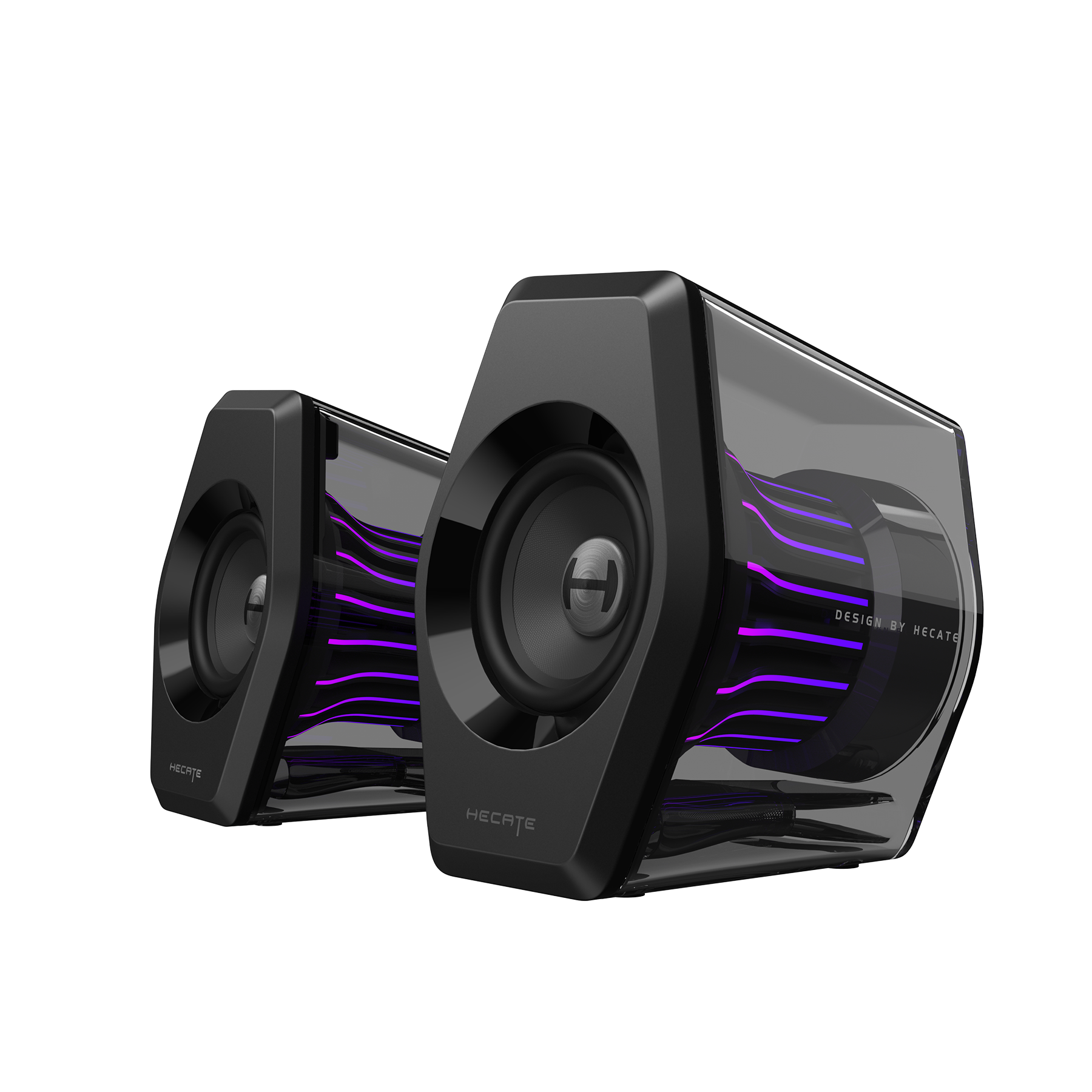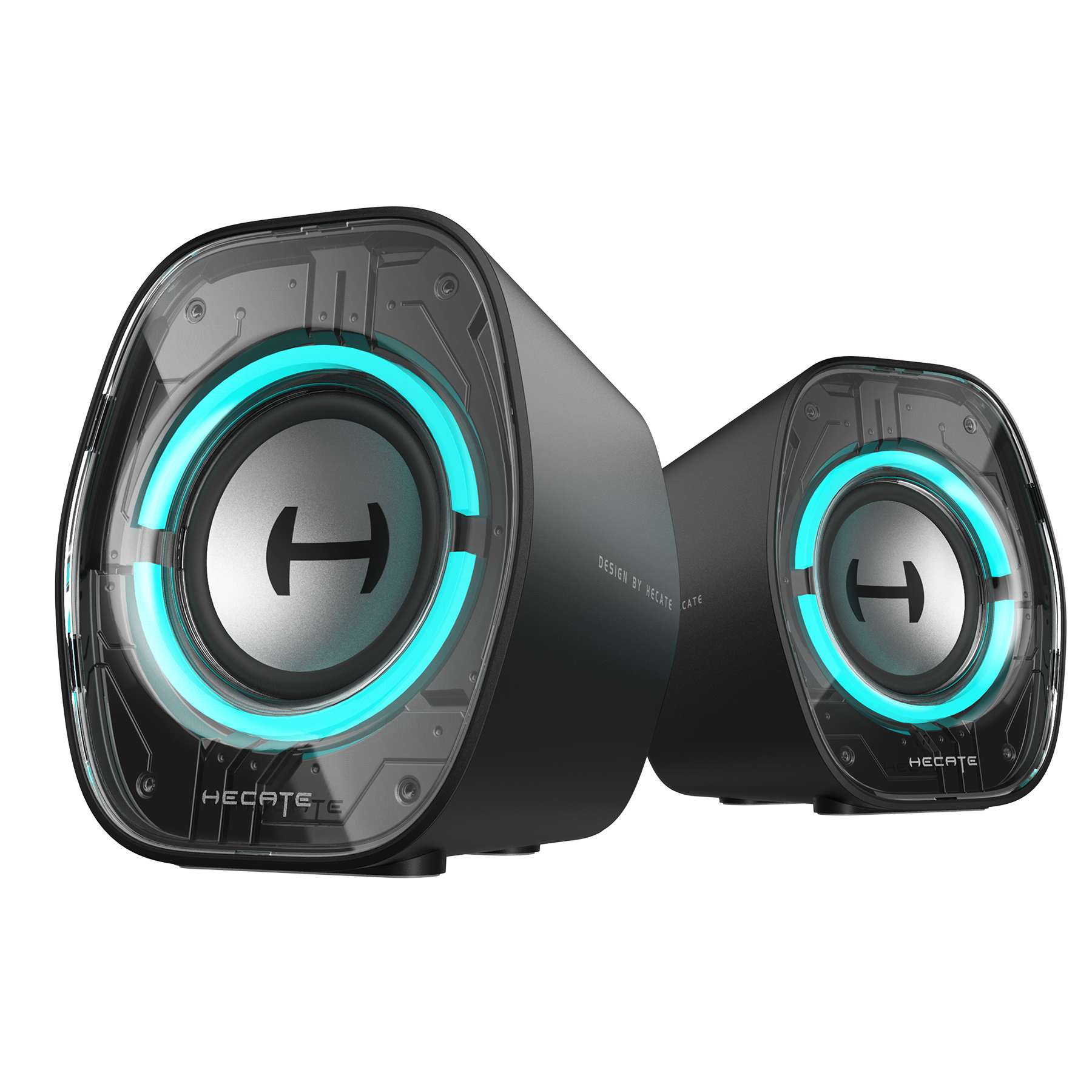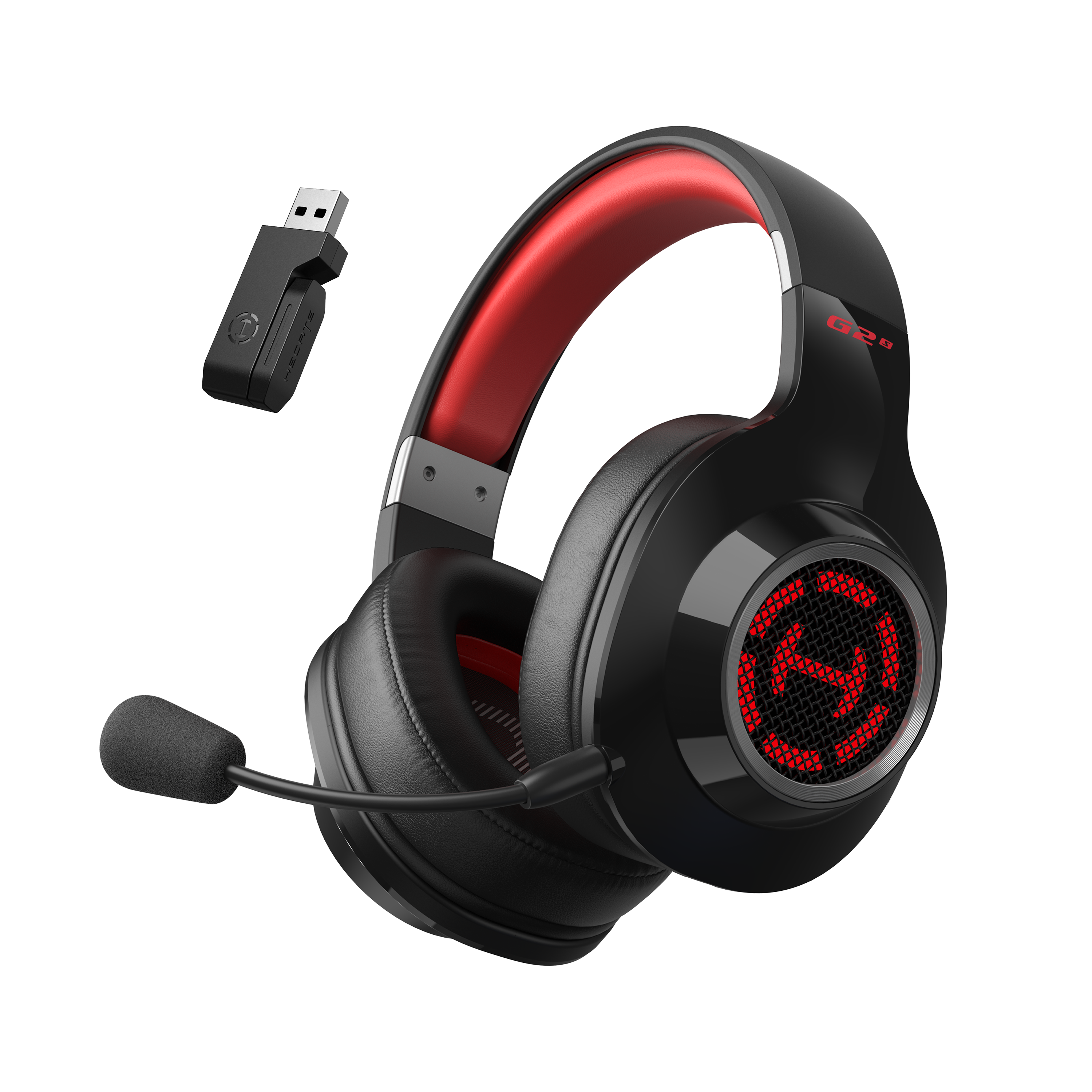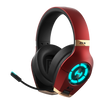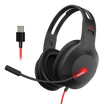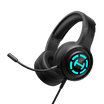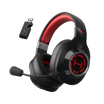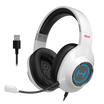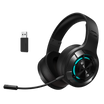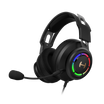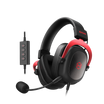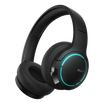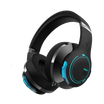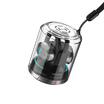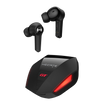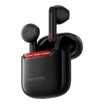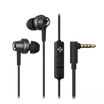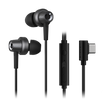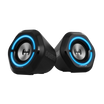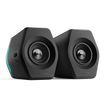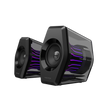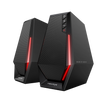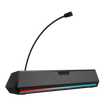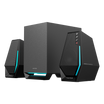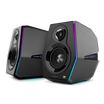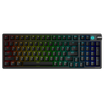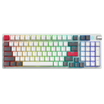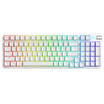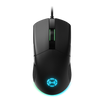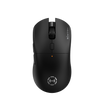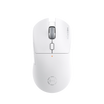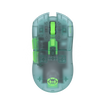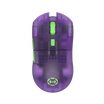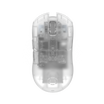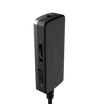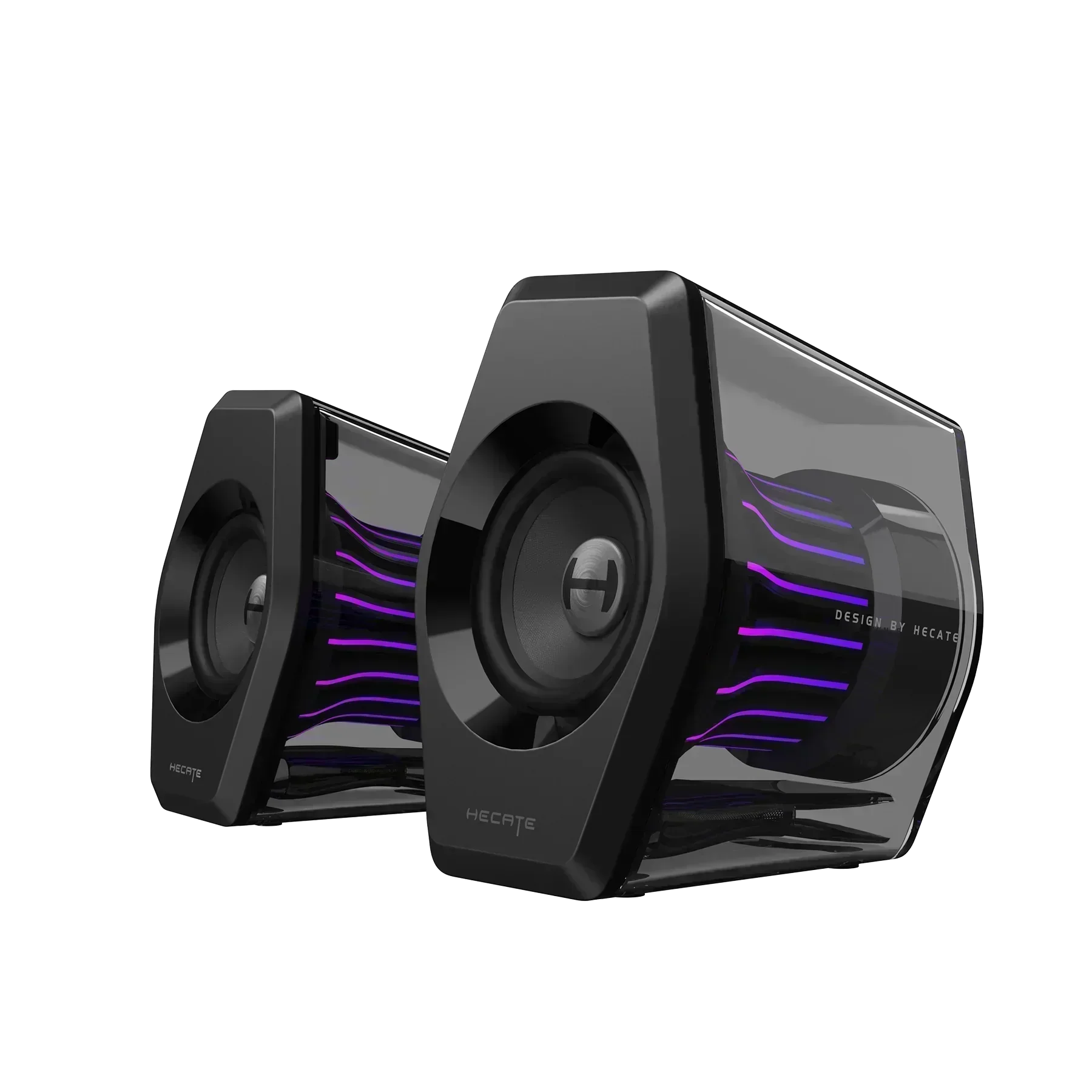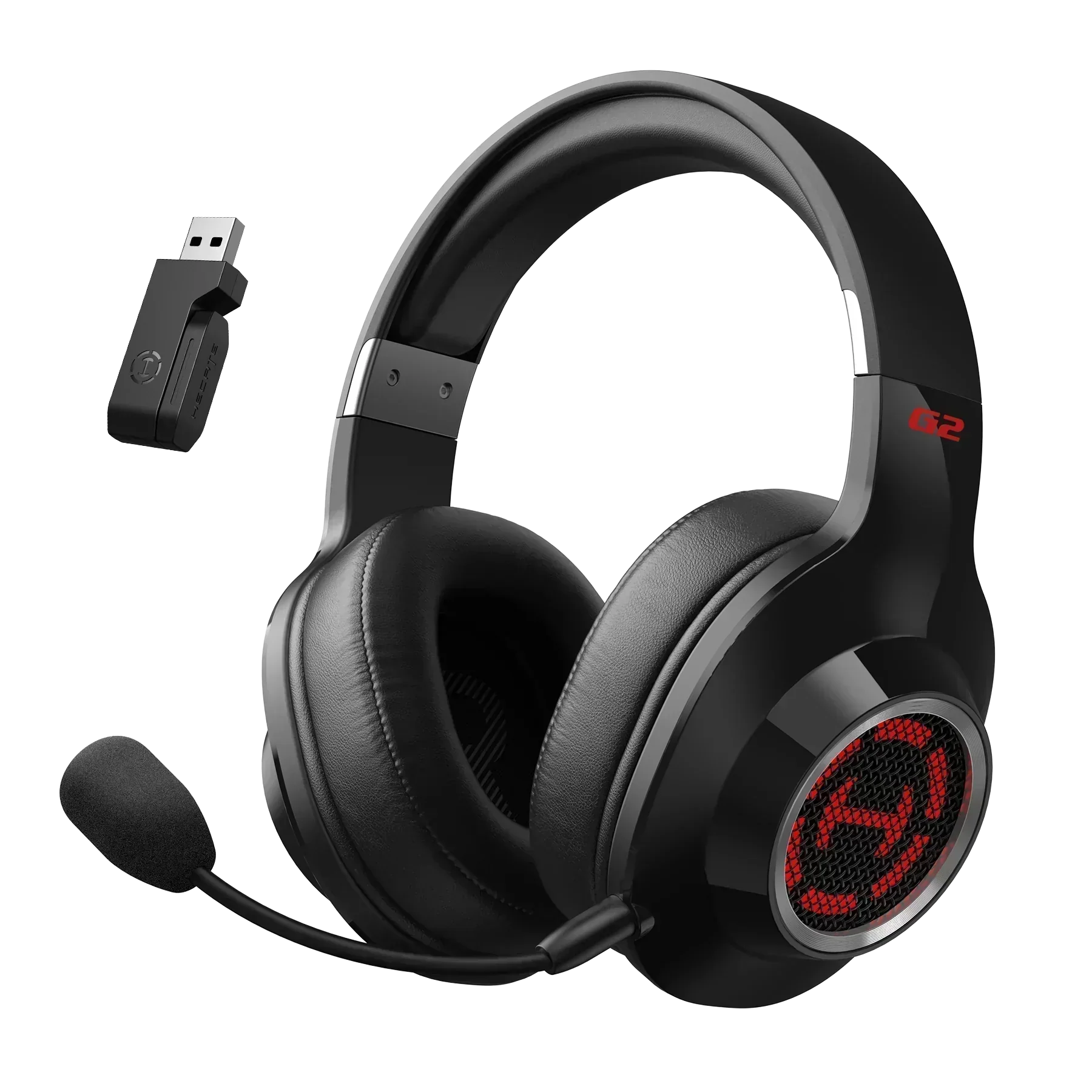Choosing a gaming headset isn’t just about RGB lighting, wireless range, or comfort—it’s about sound performance where it matters most. In competitive gaming, audio quality can directly influence reaction speed, positioning awareness, and communication efficiency.
But how do you actually evaluate the sound quality of a gaming headset beyond the marketing buzzwords like "balanced tuning" or "hi-fi audio"?

1. Bass Response (Low Frequency): Can You Feel the Tension?
Why it matters in gaming:
Low frequencies help define environmental intensity—like distant explosions, footsteps reverberating through tunnels, or the rumble of an approaching tank. A headset with poor bass response may make gameplay feel flat or unconvincing.
What to check
- Quantity: Is the bass powerful enough to create atmosphere?
- Quality: Is the bass clean, or does it distort and muddy the rest of the audio?
- Depth: Can you feel the sub-bass pressure in intense scenes?
In tactical shooters and survival games, good bass helps you react to enemy presence before you even see them.

2. Midrange Clarity (Mid Frequency): Is Communication Crisp?
Why it matters in gaming:
The midrange is where voice communication lives. It’s also critical for clearly hearing game cues like character voice lines, reload sounds, or ability cast effects.
What to check:
- Are vocals (teammates or NPCs) clear and natural?
- Are mid-heavy effects (gun reloads, commands, countdowns) distinguishable from background noise?
- In music or dialogue, is the focus clear or veiled?
For MOBAs, team shooters, or raids in MMOs, strong mids ensure team coordination is never compromised.

3. Treble Detail (High Frequency): Can You Hear the Subtle Cues?
Why it matters in gaming:
High-frequency detail contributes to the sharpness and precision of sound cues—like glass breaking, footsteps on metal, or distant gunfire.
What to check:
- Is the treble crisp without being piercing?
- Can you hear fine spatial cues without ear fatigue?
- Does it preserve detail without sounding overly bright or harsh?
In games with vertical audio design (e.g., battle royales or arena shooters), treble accuracy helps distinguish above-vs-below movement—crucial in competitive play.

4. Soundstage & Imaging: Can You Accurately Place Sounds in 3D Space?
Why it matters in gaming:
Soundstage determines your perception of space, while imaging defines how well you can locate the direction of each sound source.
What to check:
- Is the audio wide and immersive, or narrow and closed in?
- Can you tell where sounds are coming from—left, right, behind, above?
- Do sounds feel "stacked" or spatially distinct?
A headset with poor imaging can get you fragged from behind—before you ever hear the threat.
5. Separation & Resolution: Can You Distinguish Complex Layers?
Why it matters in gaming:
Game audio is rarely simple. Between background music, voice chat, environmental noise, and in-game effects, your headset must separate audio layers with clarity.
What to check:
- In intense scenes, does audio blend into noise, or retain clear layers?
- Can you hear your teammate’s voice clearly over explosions?
- Does positional audio stay accurate when multiple sources are active?
High-resolution headsets help maintain clarity during chaotic team fights or massive PvP battles.
Evaluating Gaming Headset Audio Performance
|
Audio Dimension |
Gaming Relevance |
What to Look/Listen For |
|
Bass (Low) |
Environmental immersion |
Full, clean, punchy—not boomy or distorted |
|
Midrange |
Voice clarity |
Natural vocals, no muffling or suppression |
|
Treble (High) |
Audio cues, micro-detail |
Clear, accurate, fatigue-free highs |
|
Soundstage & Imaging |
Spatial awareness |
Wide field, accurate directionality |
|
Separation & Detail |
Multilayer clarity |
No blending of effects or voices in intense moments |
Don’t Just Hear the Game—Feel It, Read It, React to It
A gaming headset isn’t about music-grade specs—it’s about combat-grade perception. Whether you’re rotating in a squad, holding angles solo, or tracking enemies through complex audio environments, sound quality can define your performance ceiling.
Invest in a headset that delivers clarity where it counts. And when testing it, use these five dimensions as your standard—not just a spec sheet.


